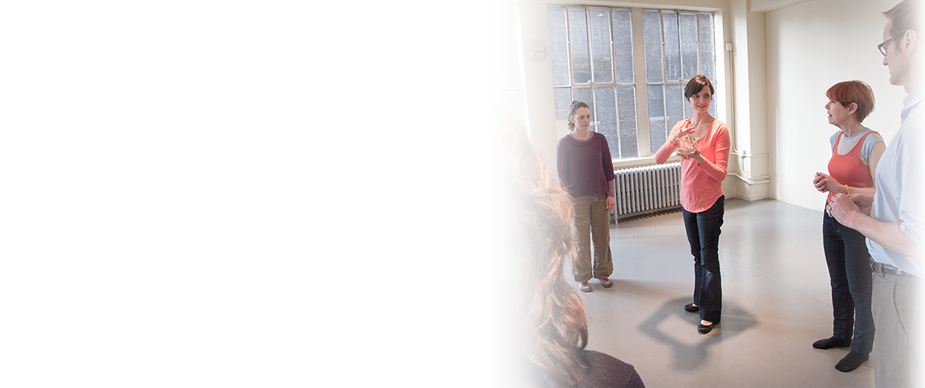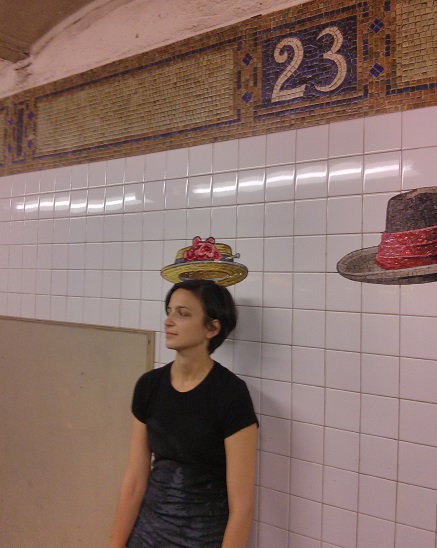How Avoiding "Text Neck" Could Make You A Better Kisser
/Happy Valentines Day!
The title of this post may have captured your attention, but are you wondering how these two things could really be related? The way you kiss can be affected by how you text. Let's look at how you can make sure your kisses aren't "texty"
All of our responses and reactions to everything and everyone we encounter add up to our posture, which physically, is how we hold ourselves. Now, when I talk about people and things we react to, I'm not just talking about being yelled at by your boss or waking up to find your bathroom flooded. We respond to everything around us - people we're having casual conversations with, the chairs we sit on, and yes, the technology we spend hours and hours per day using.
"The average adult is awake for 15 hours and 45 minutes every day and 45 per cent of that time is spent using a proliferation of technology." says The Daily Mail.
To sum things up here, how we do any one thing that we do often, then affects everything else we do. Think about every you enjoy doing and then look at the amount of time you're spending computing and texting. You are very likely worsening your posture when engaging in these activities and if you spend 45% of your time doing them, those habits will likely stick and you'll carry them with you into exercising, socializing, sleeping, and, yes, kissing.
This is what we tend to do to our posture when we don't use our smartphones mindfully. Chin pushed forward, head tilted back, lower back over-arched when standing or doing the downward slump when sitting.
Now, here's how that translates to kissing? Yikes!
The Science of Kissing, What Our Lips Are Telling Us by Sheril Kirshenbaum says "A good deal of the scientific literature speculates that kissing may have evolved to help us choose a suitable partner, or to realize when a match is a bad idea…The exchange of olfactory, tactile, and postural information might trigger unconscious mechanisms that guide us in deciding whether we should continue, and a kiss might even tell us about a potential partner’s level of commitment and genetic compatibility."
Now let's consider what could be meant by "postural information". When we're using our phones, what tends to happen is that we make ourselves shorter. This is a common habit, that when we want to reach to look at something or kiss someone, we push the face forward and press the head back and down into the spine. Compressing the head and neck is different from tilting the head, which is is possible to do just by tipping it back and not over-tightening the muscles in the back of the neck.
"Kissing presents some interesting kinaesthetic challenges. A tall partner tends to stoop and reach down to the shorter one, misusing himself (or herself) in the process. Unwittingly, the shorter partner aggravates the problem by making herself (or himself) shorter still." - The Alexander Technique, A Skill for Life, by Pedro de Alcantara
This shortening of the spine leads to a lack of tone along the spine "like trying to play a violin with a loosened bow".
In describing the opposite effect, de Alcantara describes an actress in a film kiss who "lengthens her neck, which becomes a natural extension of her spine, and makes herself taller...even as she tips her head backward. This makes the act of kissing...kineasthetically easier, and one imagines, more satisfying for both parners." The taller partner can tip his/her chin down, without letting the chin and whole face slide forward and down, maintaining the tone in the muscles along his spine.
If you think of ballroom dancing, there needs to be a certain amount of open, springy tension in the whole body for the give and take of the partnership to work most effectively. When kissing, texting, and in general, this elastic springiness will happen if we stop pressing ourselves down. We, in turn, feel more present and find it easier to connect with others physically and conversationally.
Here's what you can do right now to work on not pulling down.. Start with texting. Give yourself an assignment to remember every time you text to imagine you are like the taller kissing partner and you are tipping your head down to look at the phone, not sliding the chin forward. Just let your chin come closer to your chest, but done sink or close in on your upper body. Also bring the phone a little closer to your face (but don't lift your shoulder)...and then, well I guess you could ask Siri if you could kiss her. She/he will say "What makes you think...never mind", so don't bother.
Next step, ask Siri to tell you about The Alexander Technique, or better yet, take some lessons or sign up for my "Gadget Class". Click here to sign up or schedule a lesson.


































